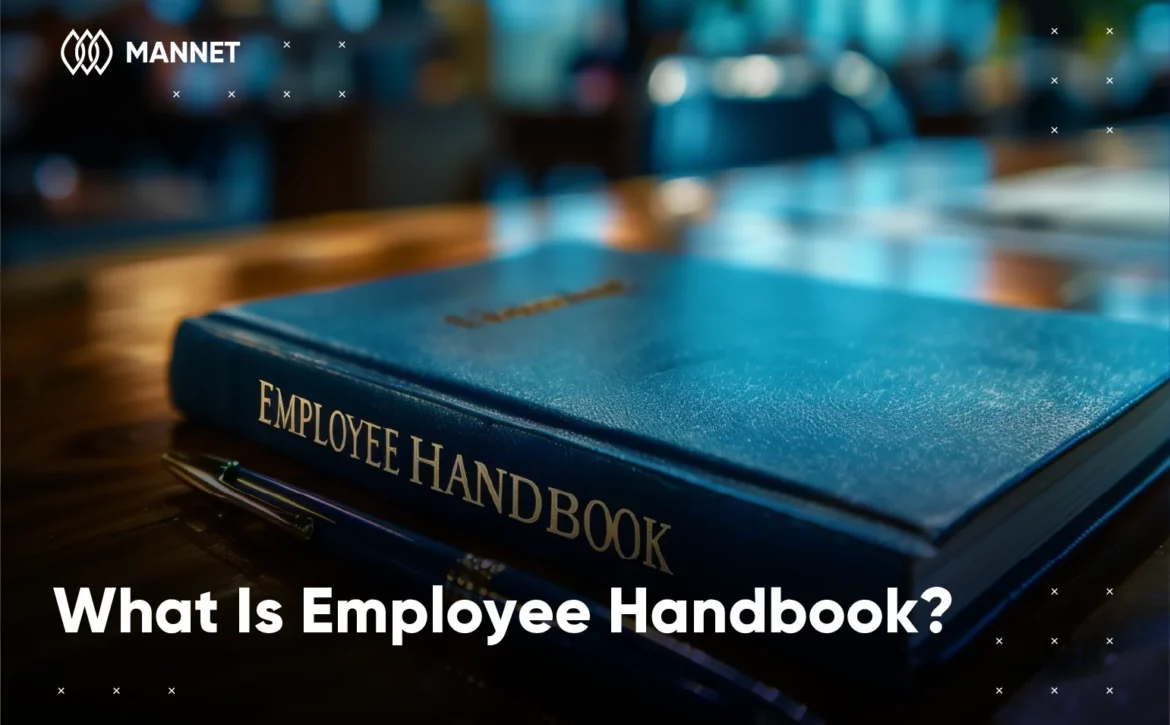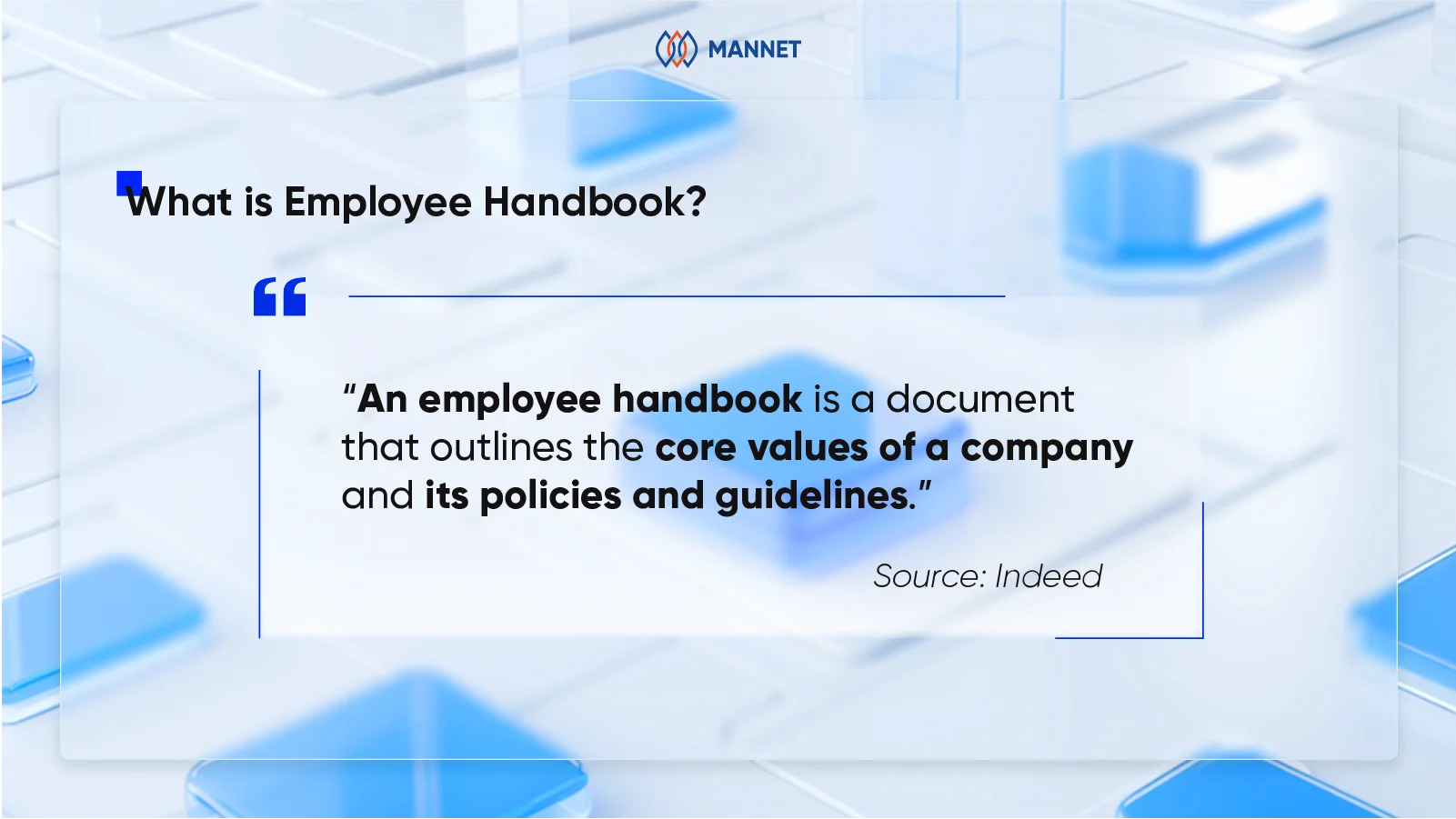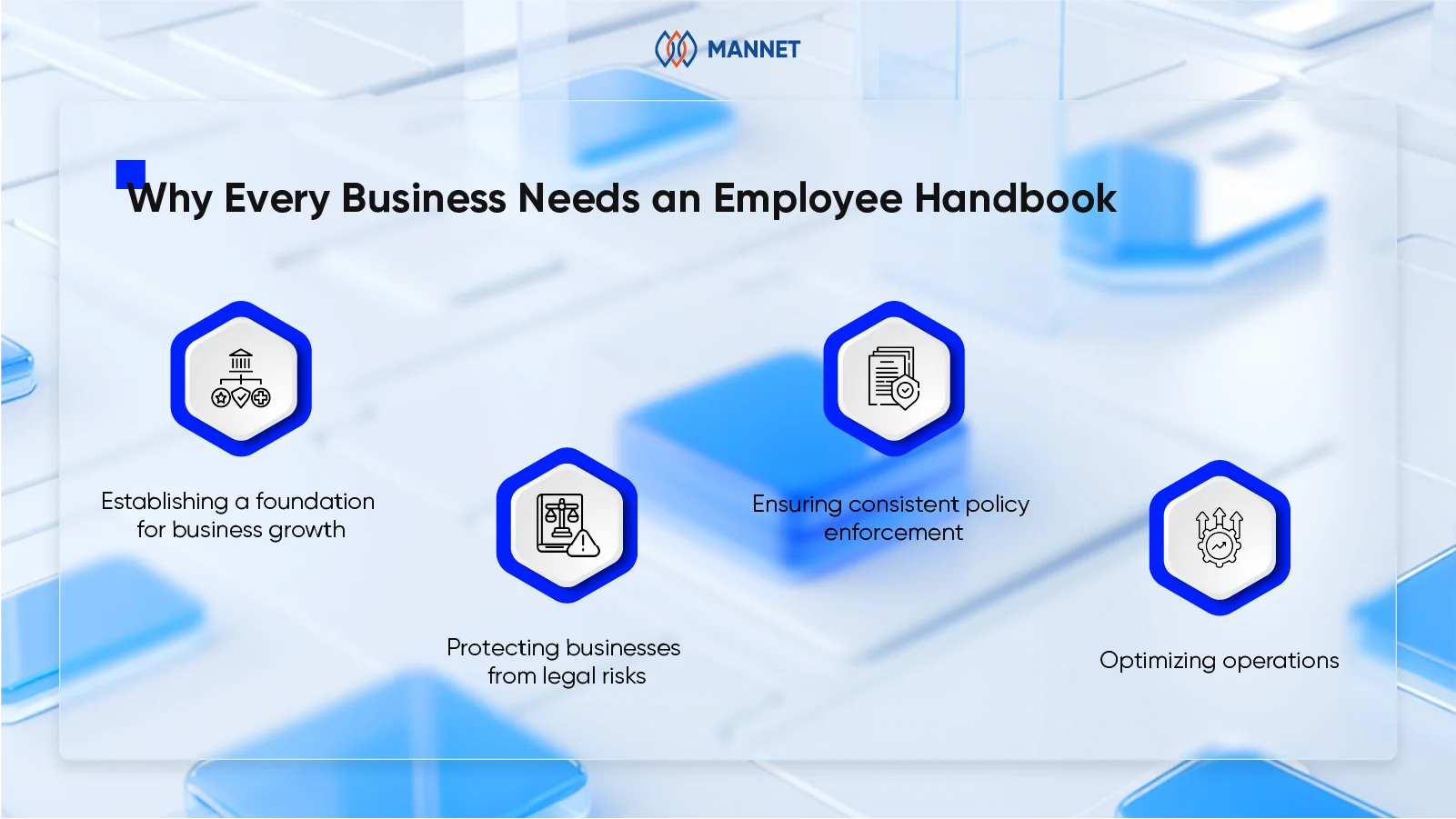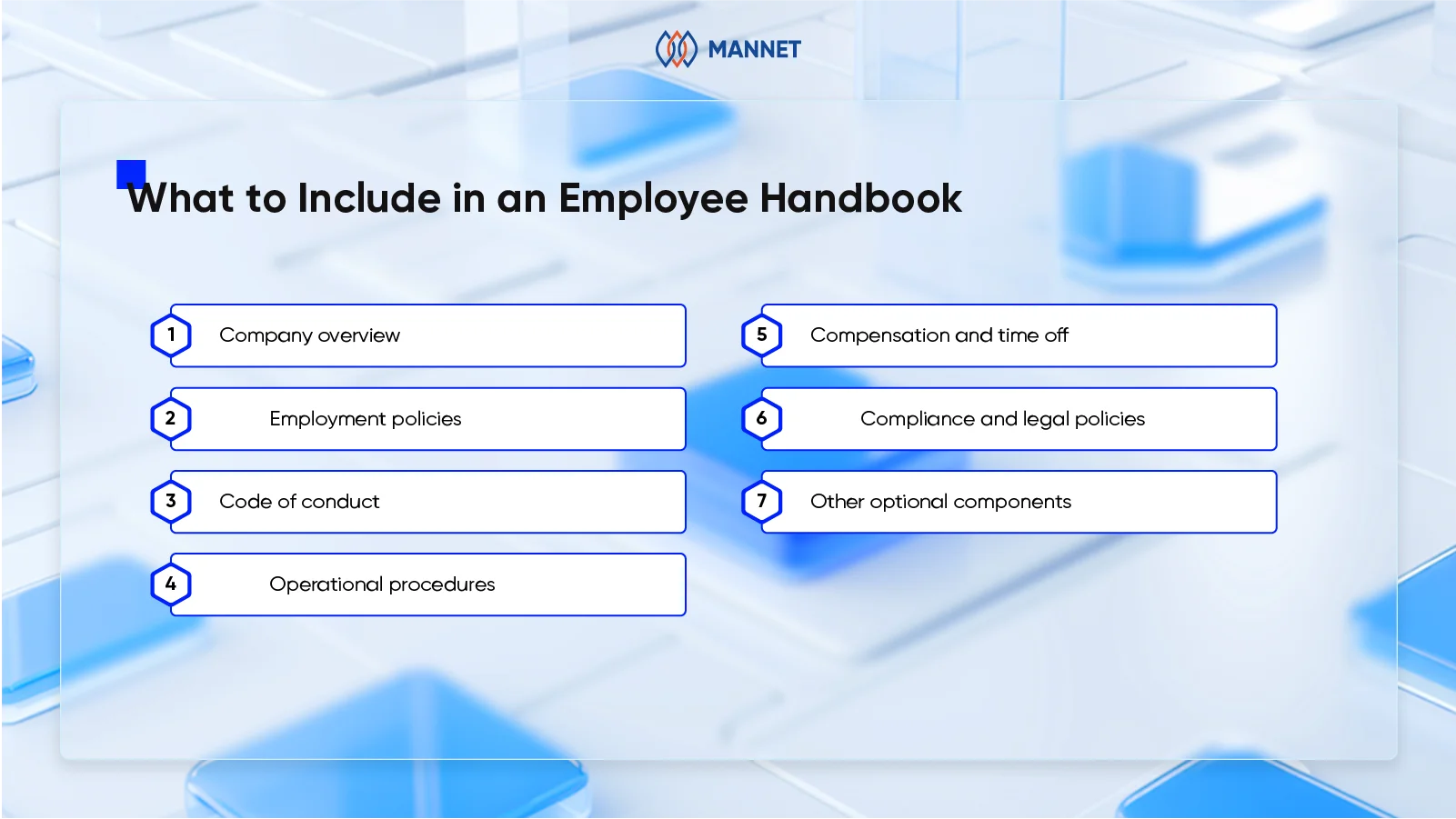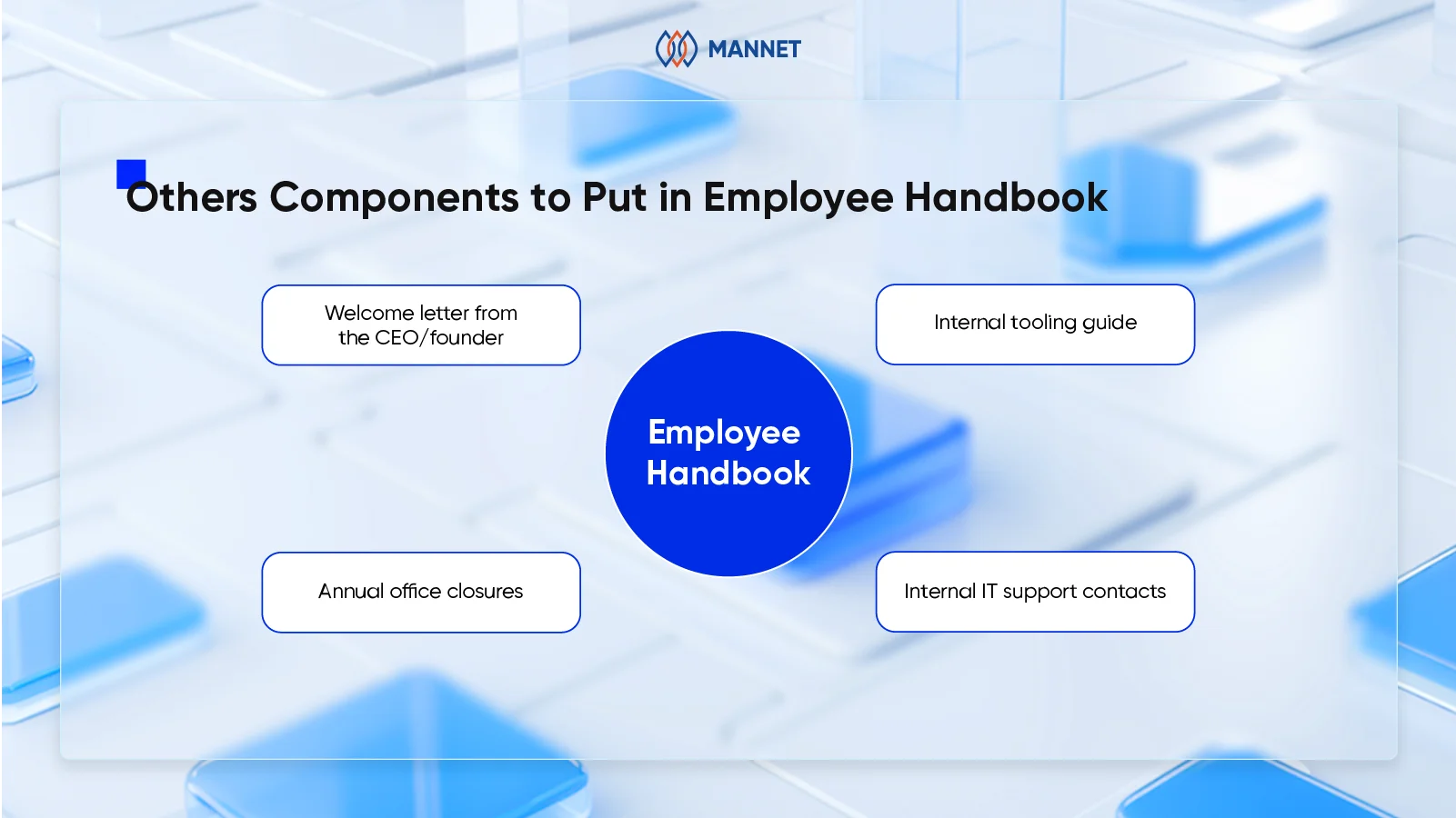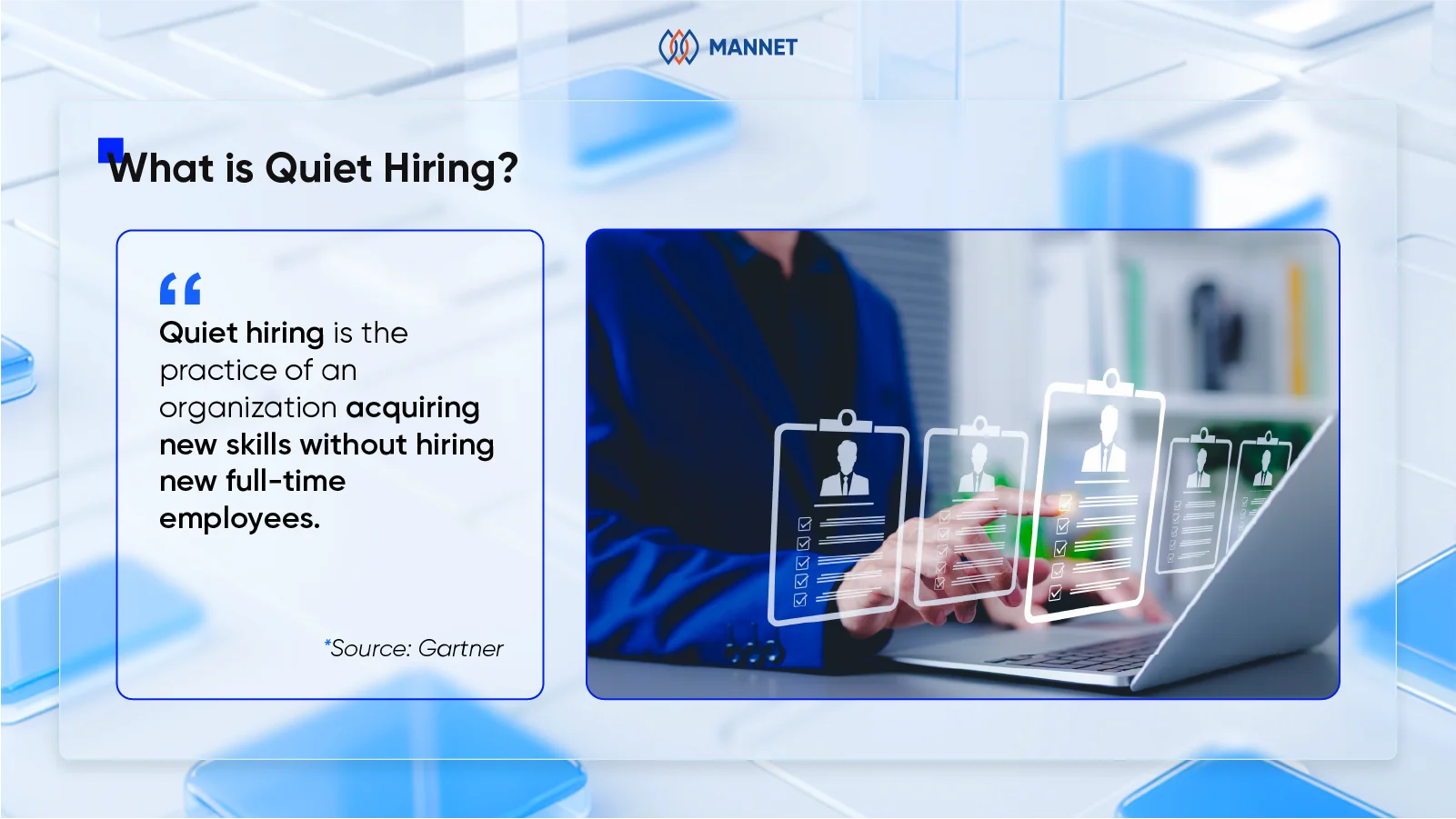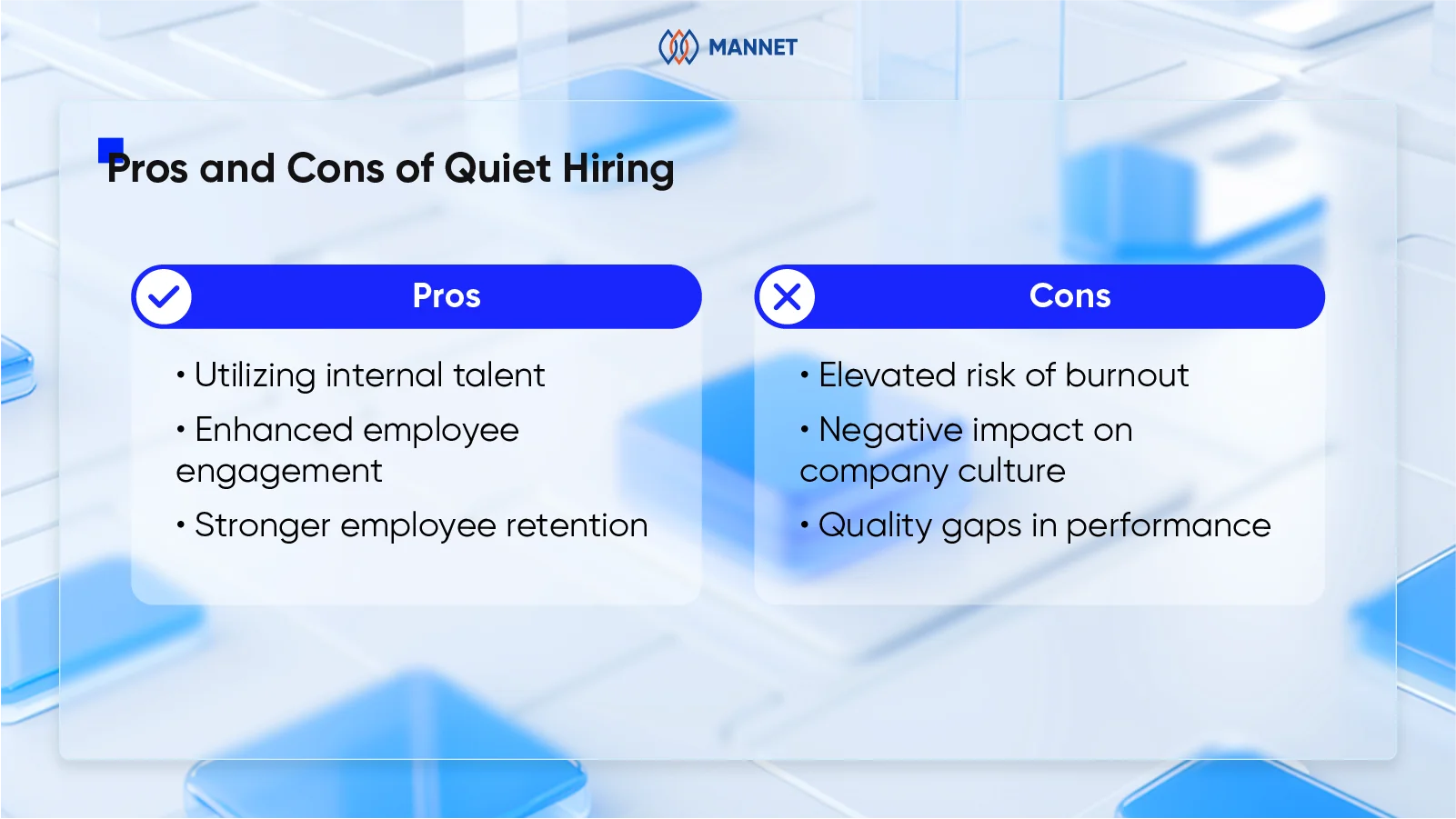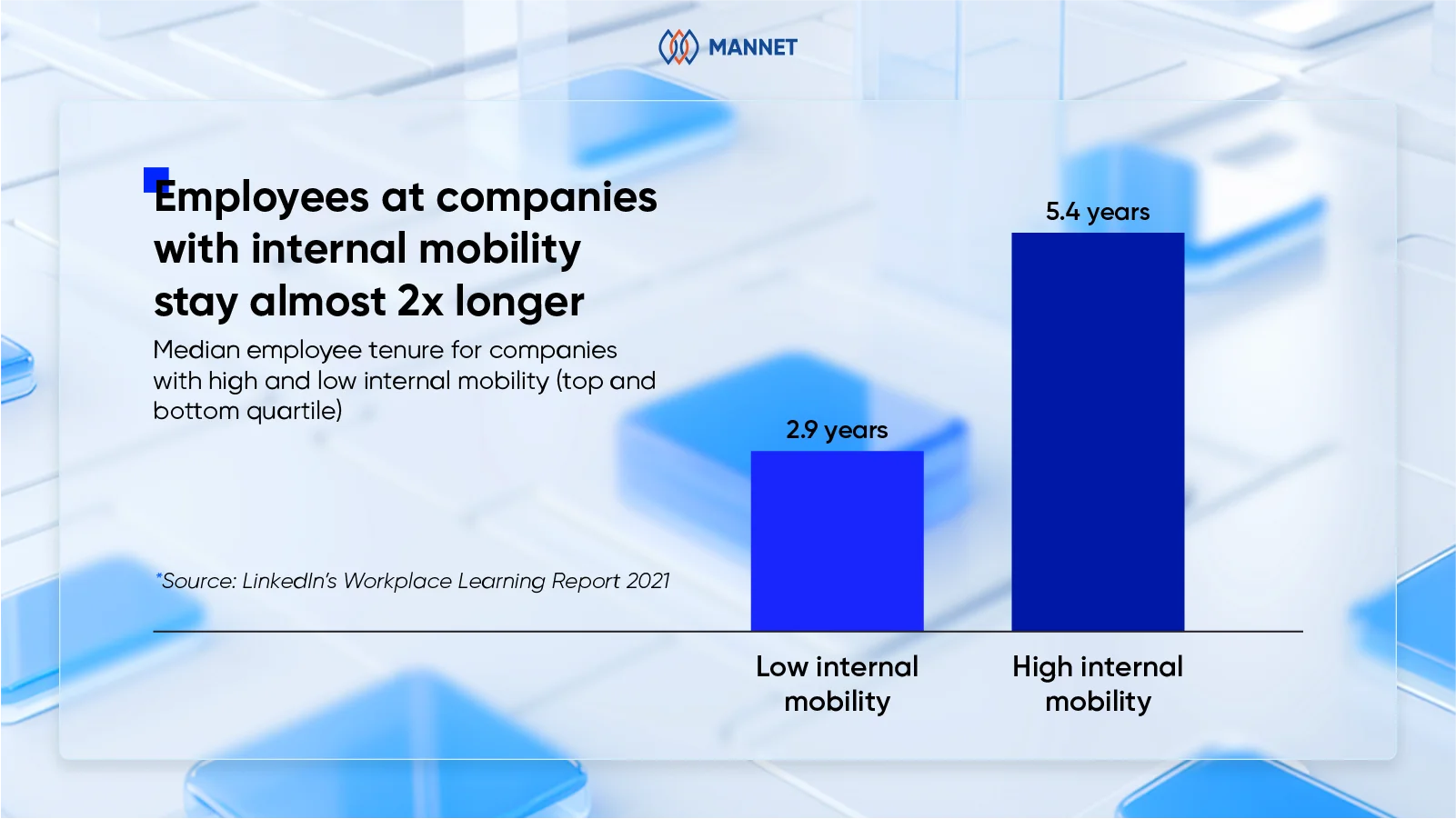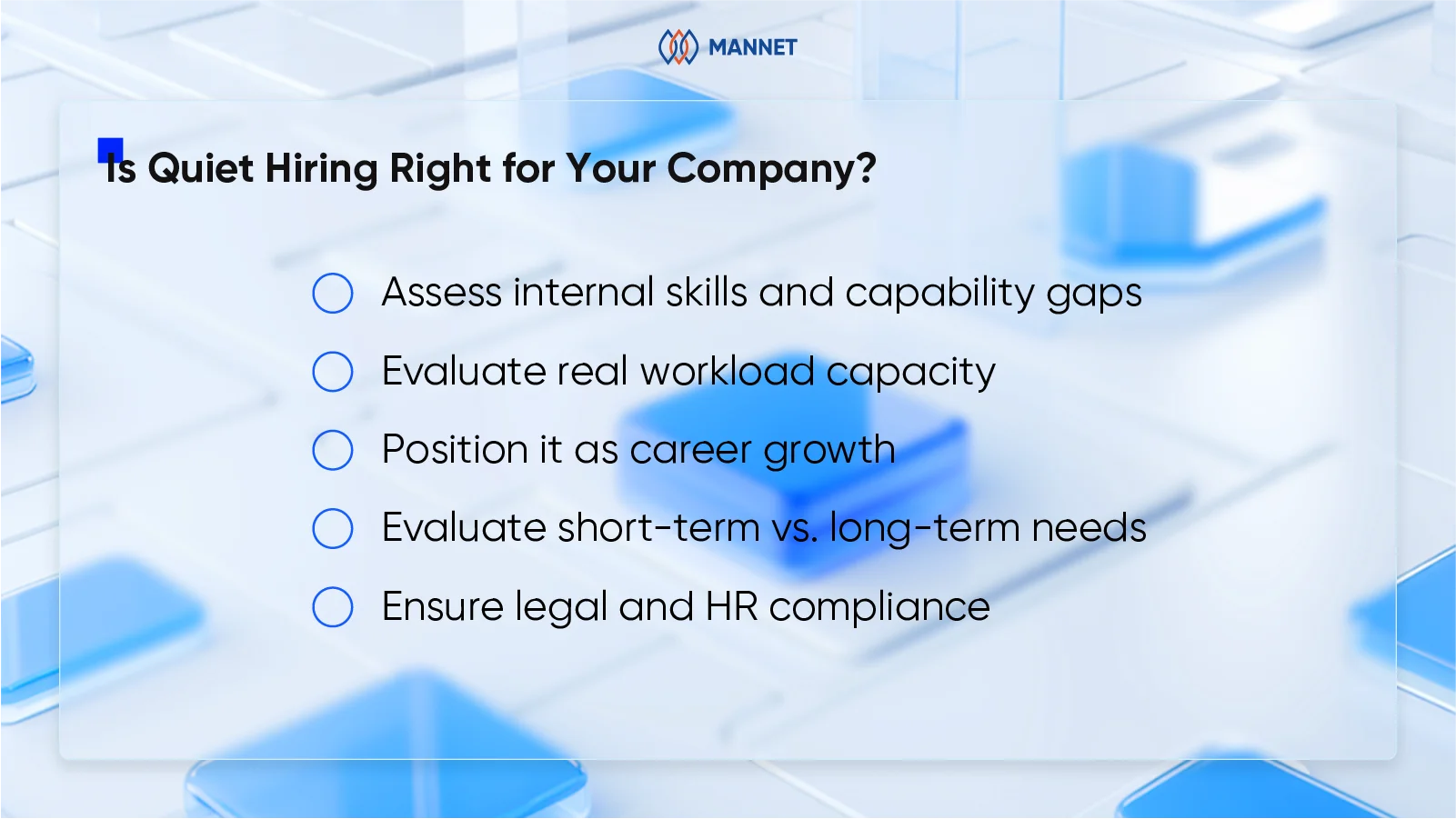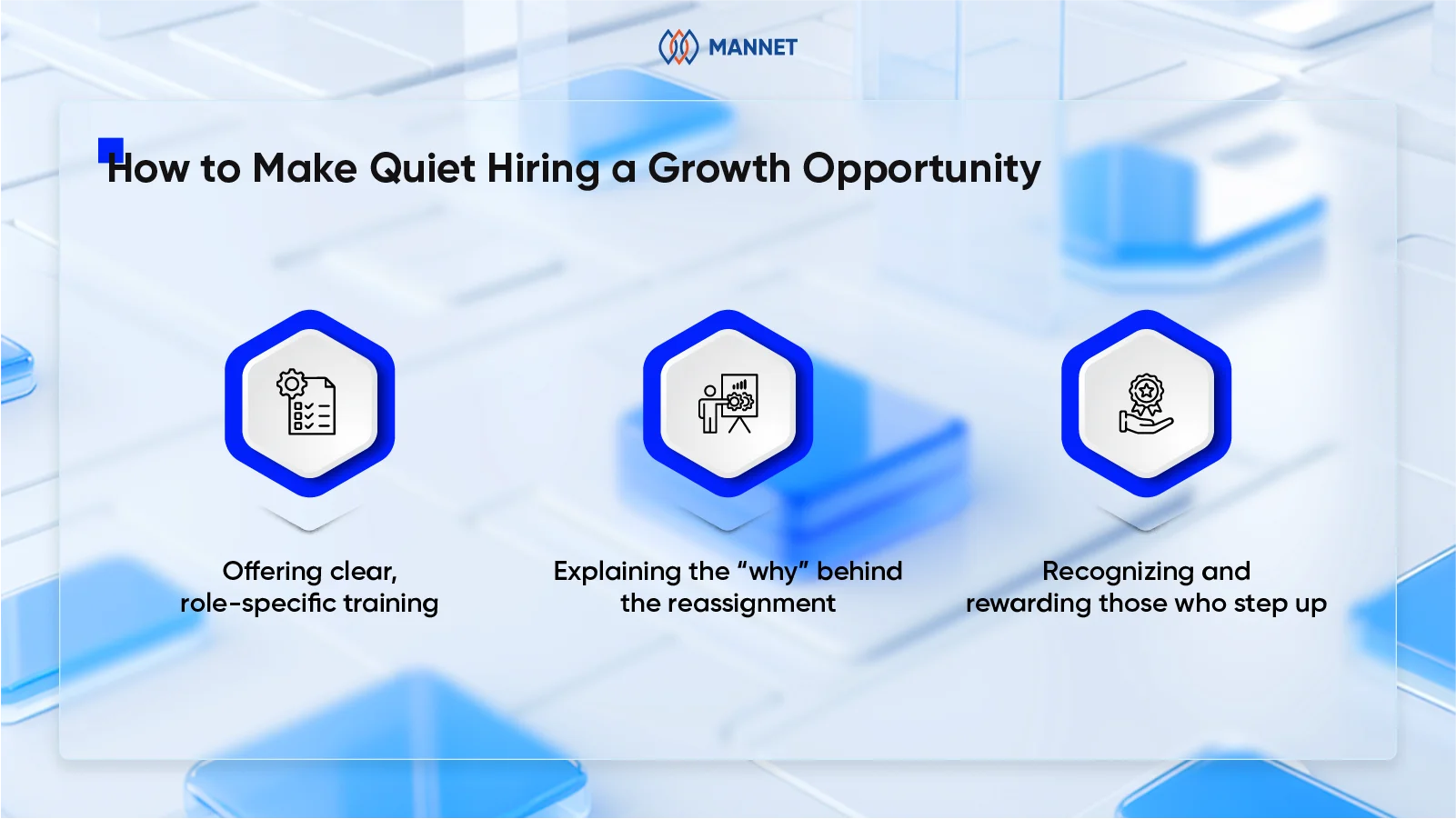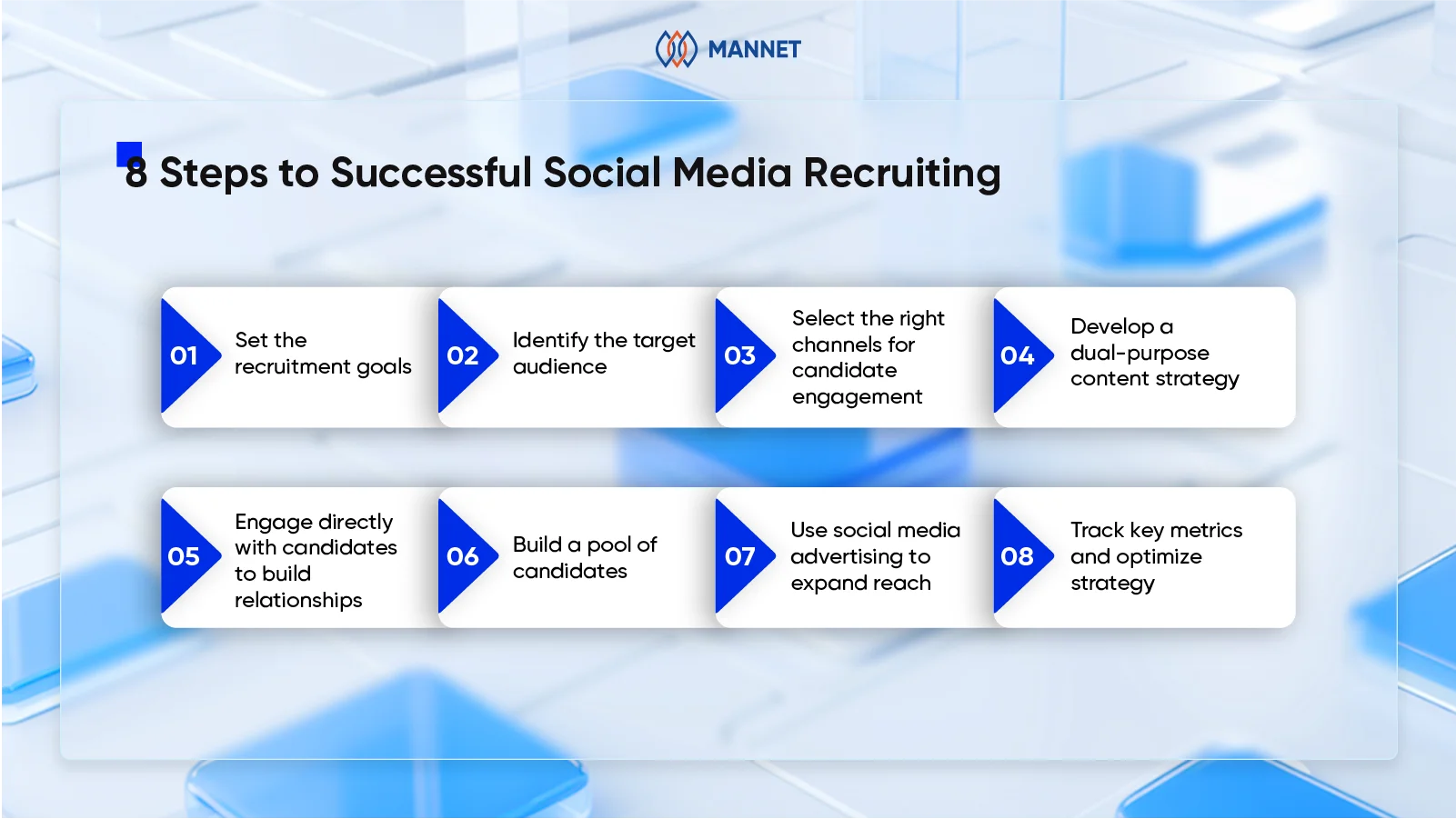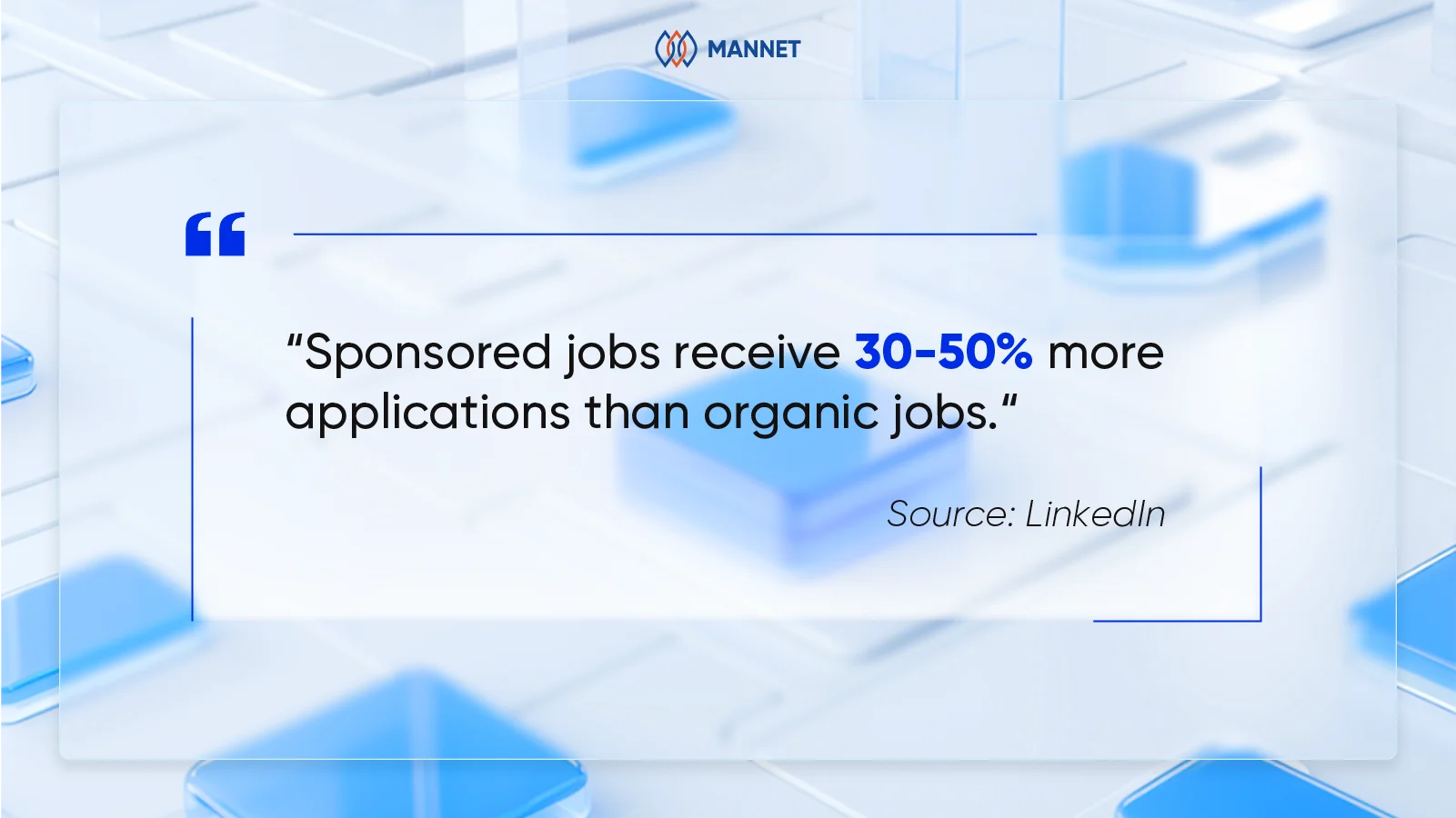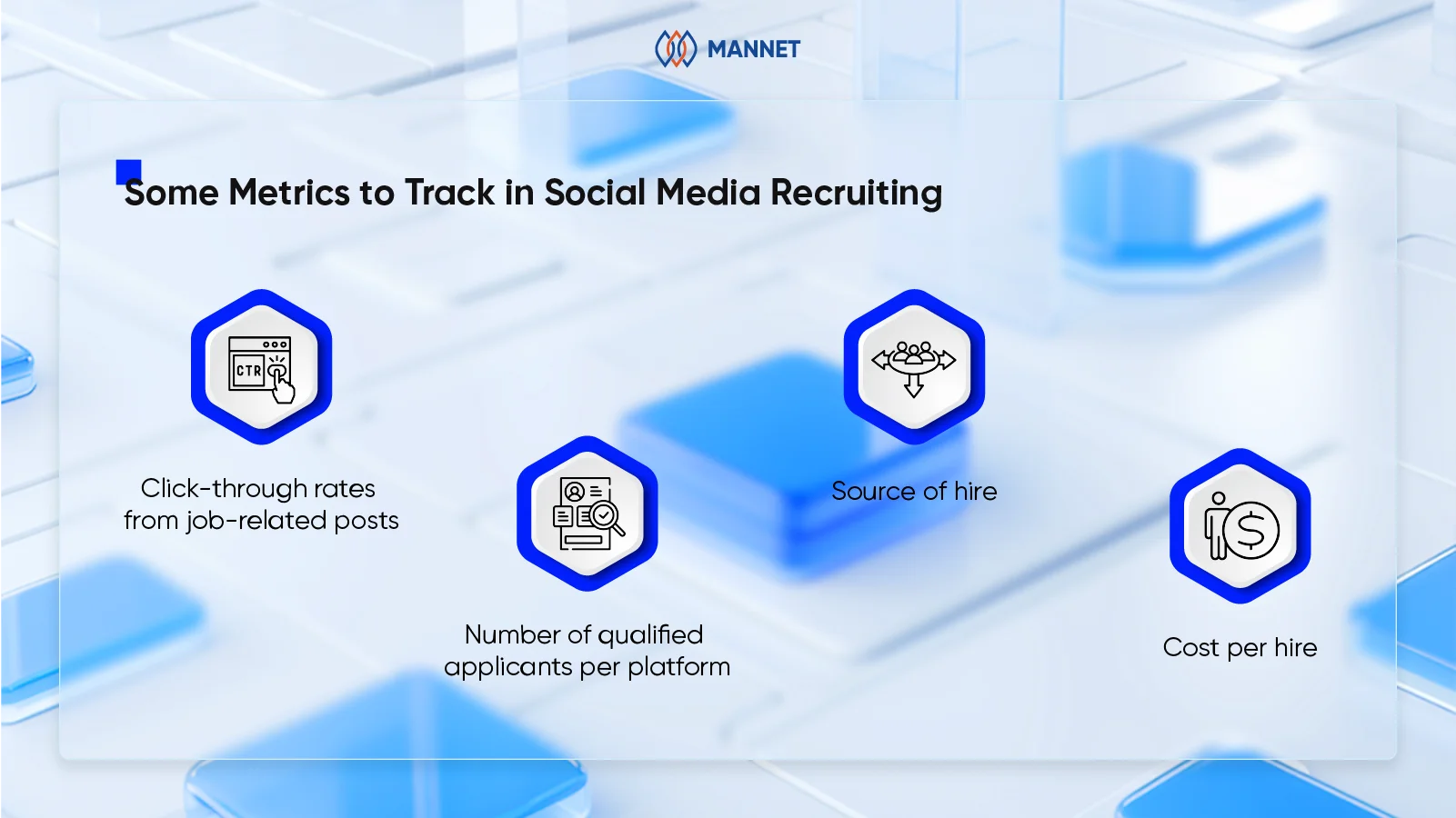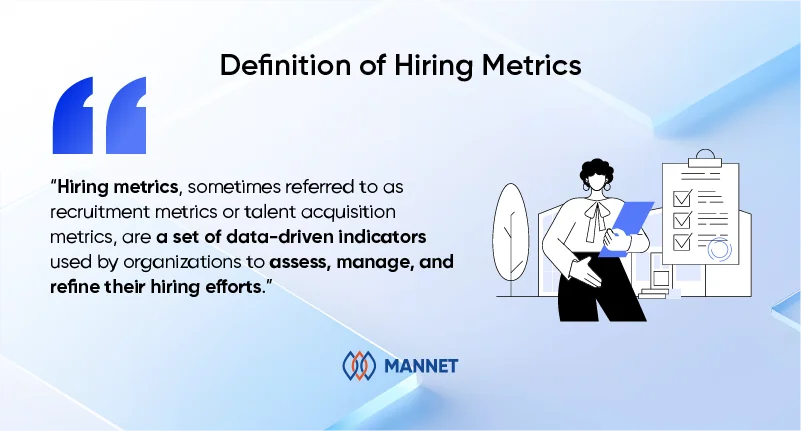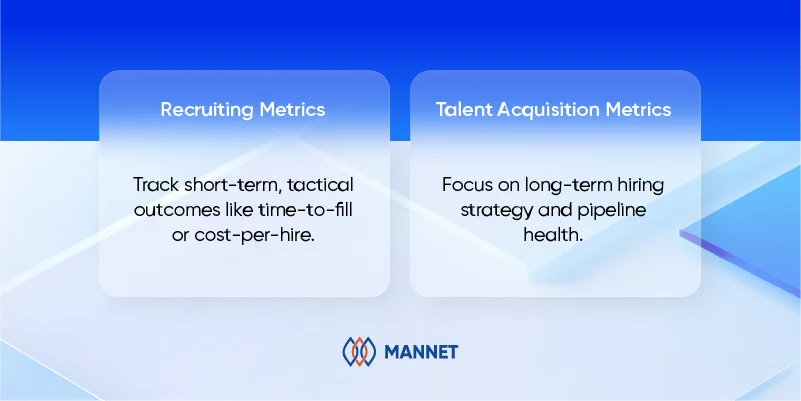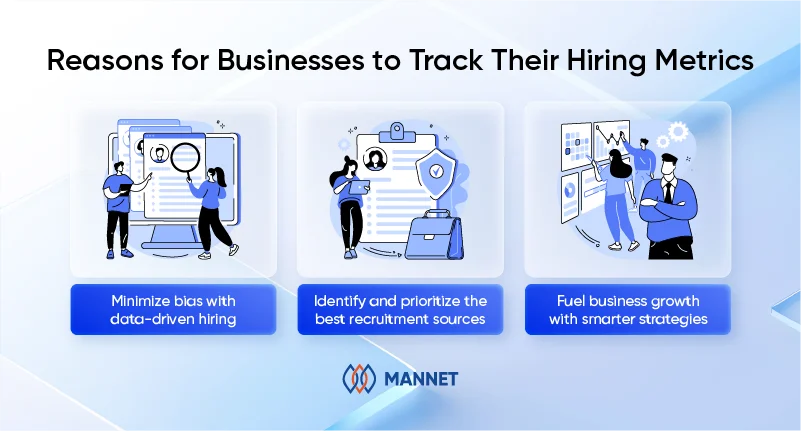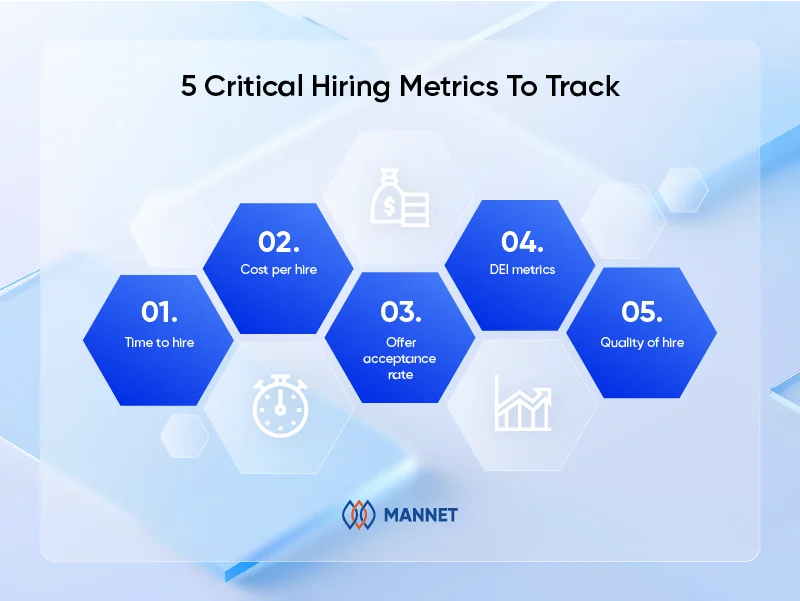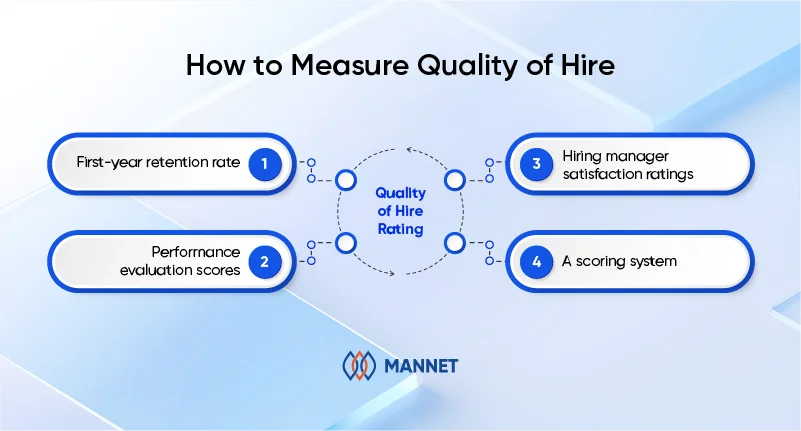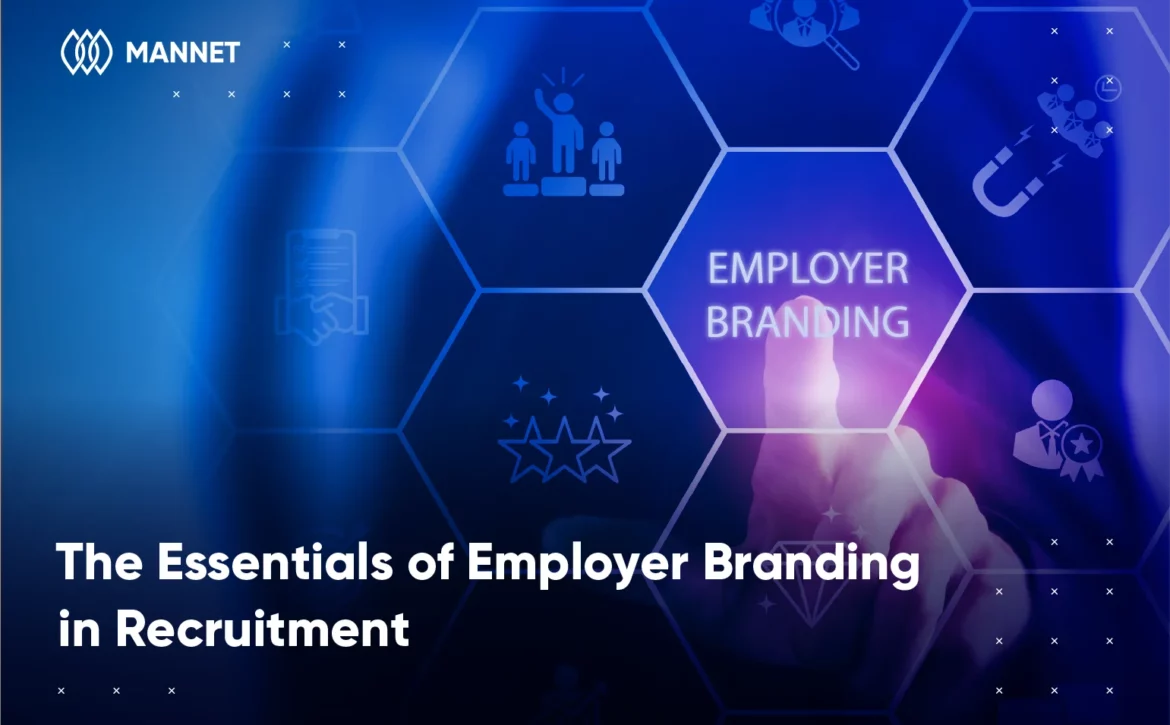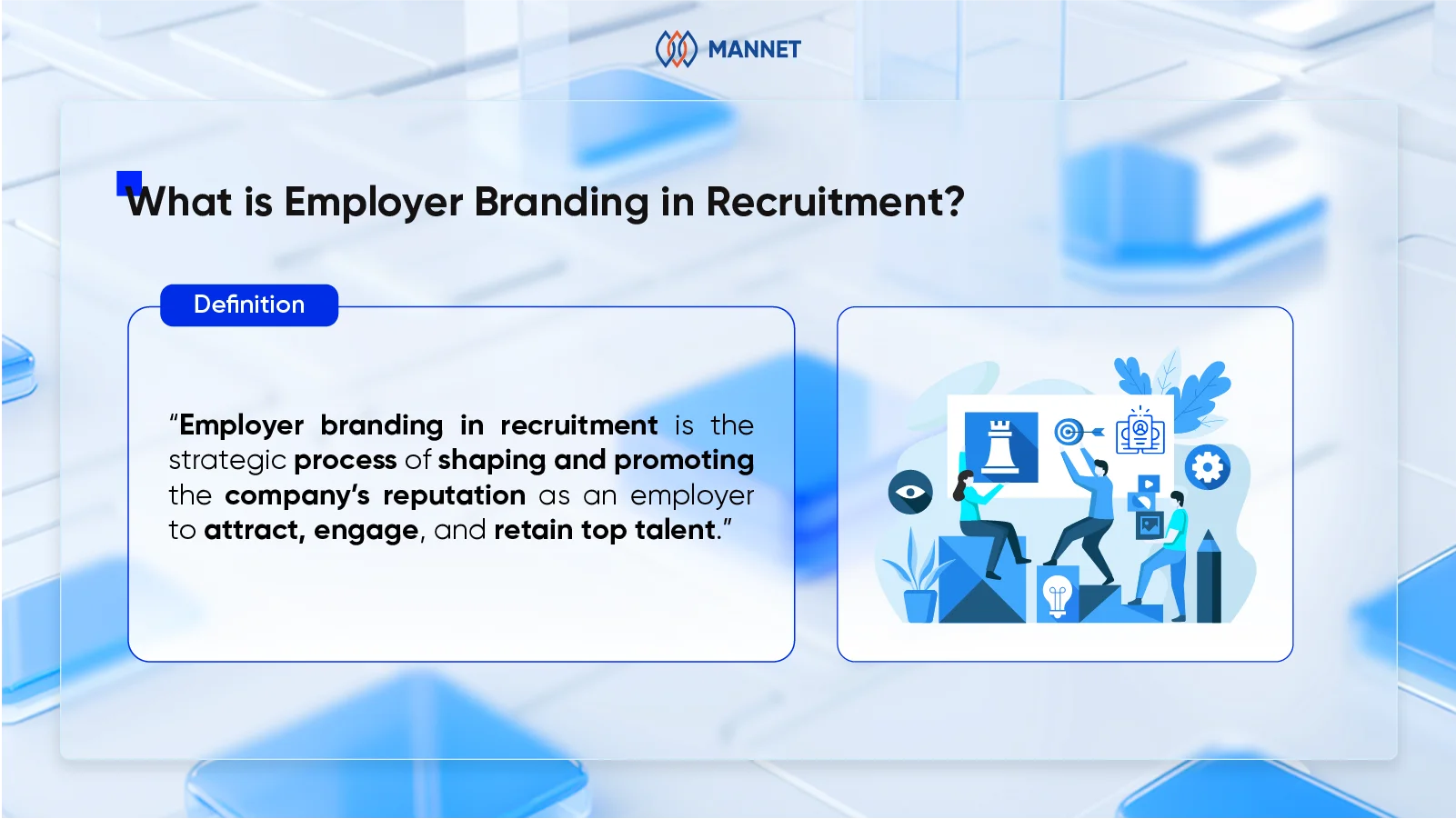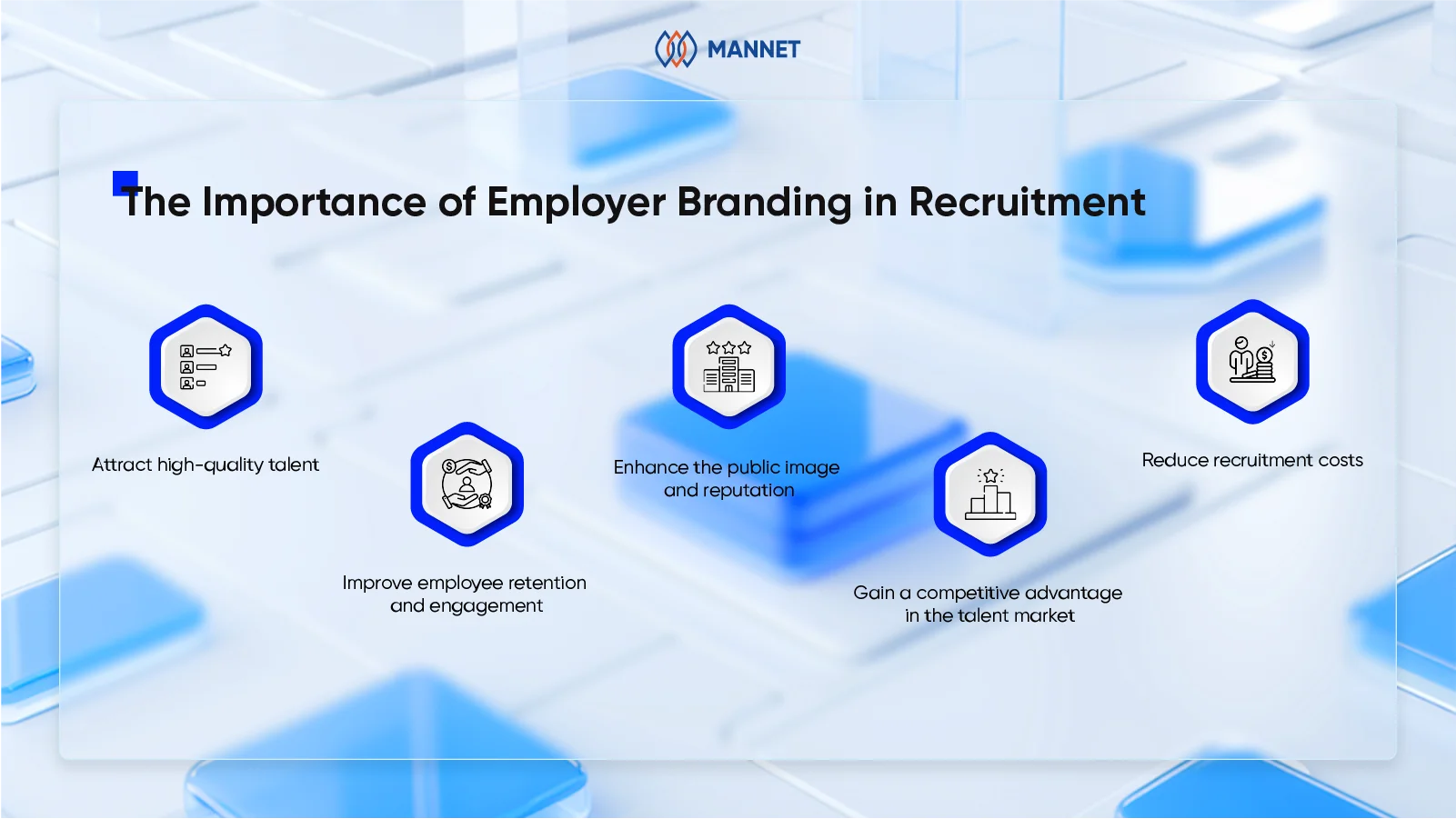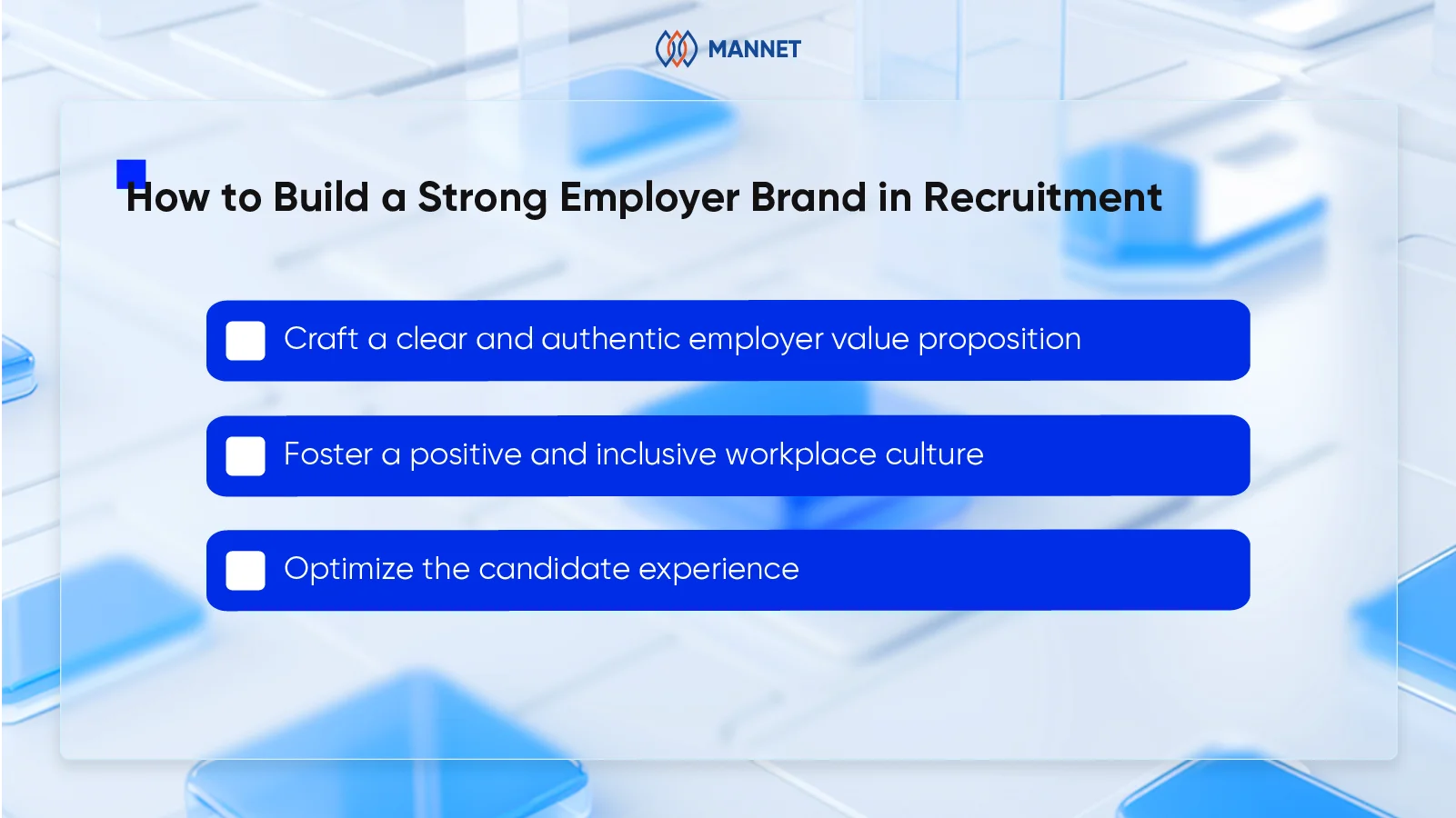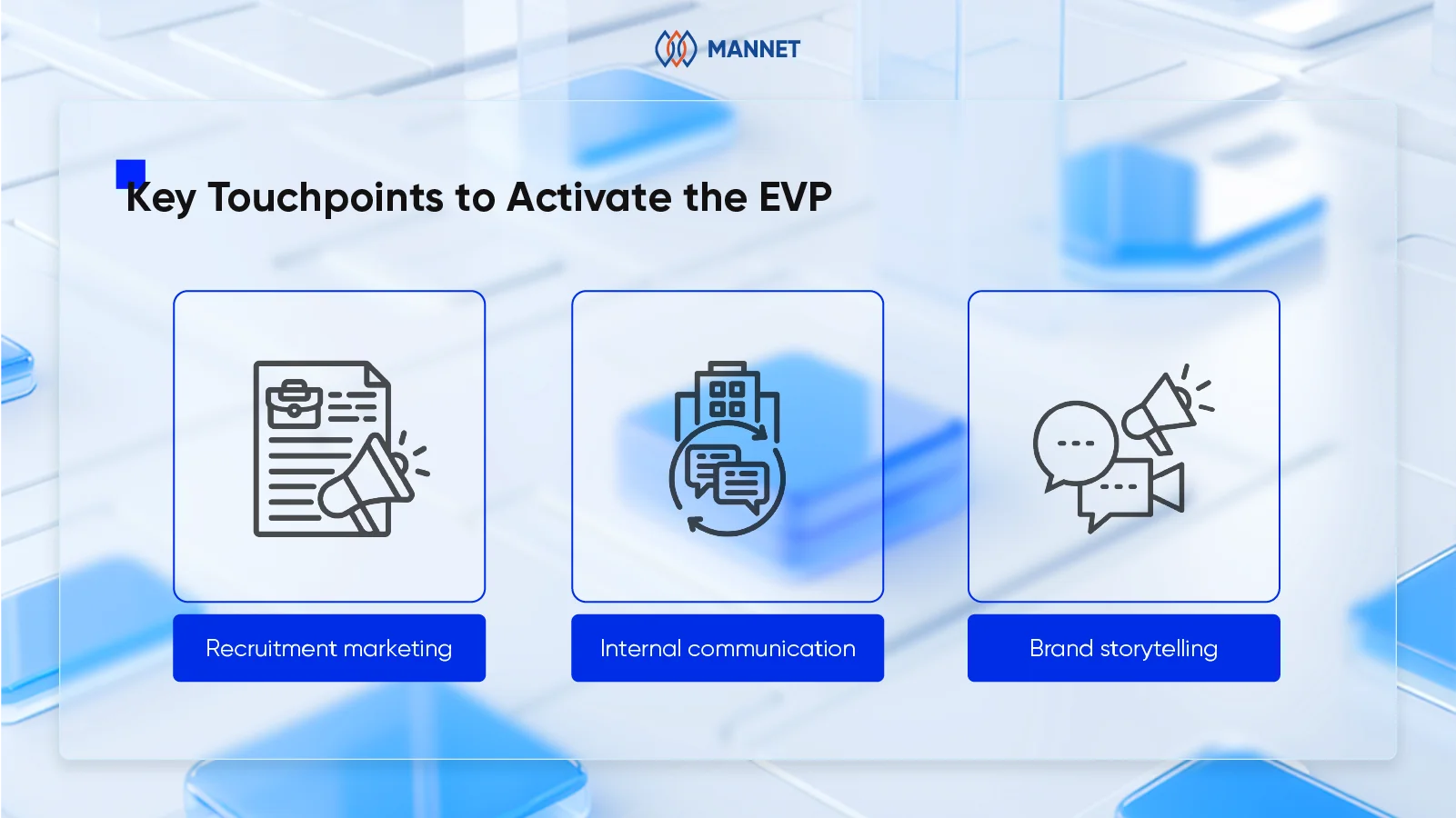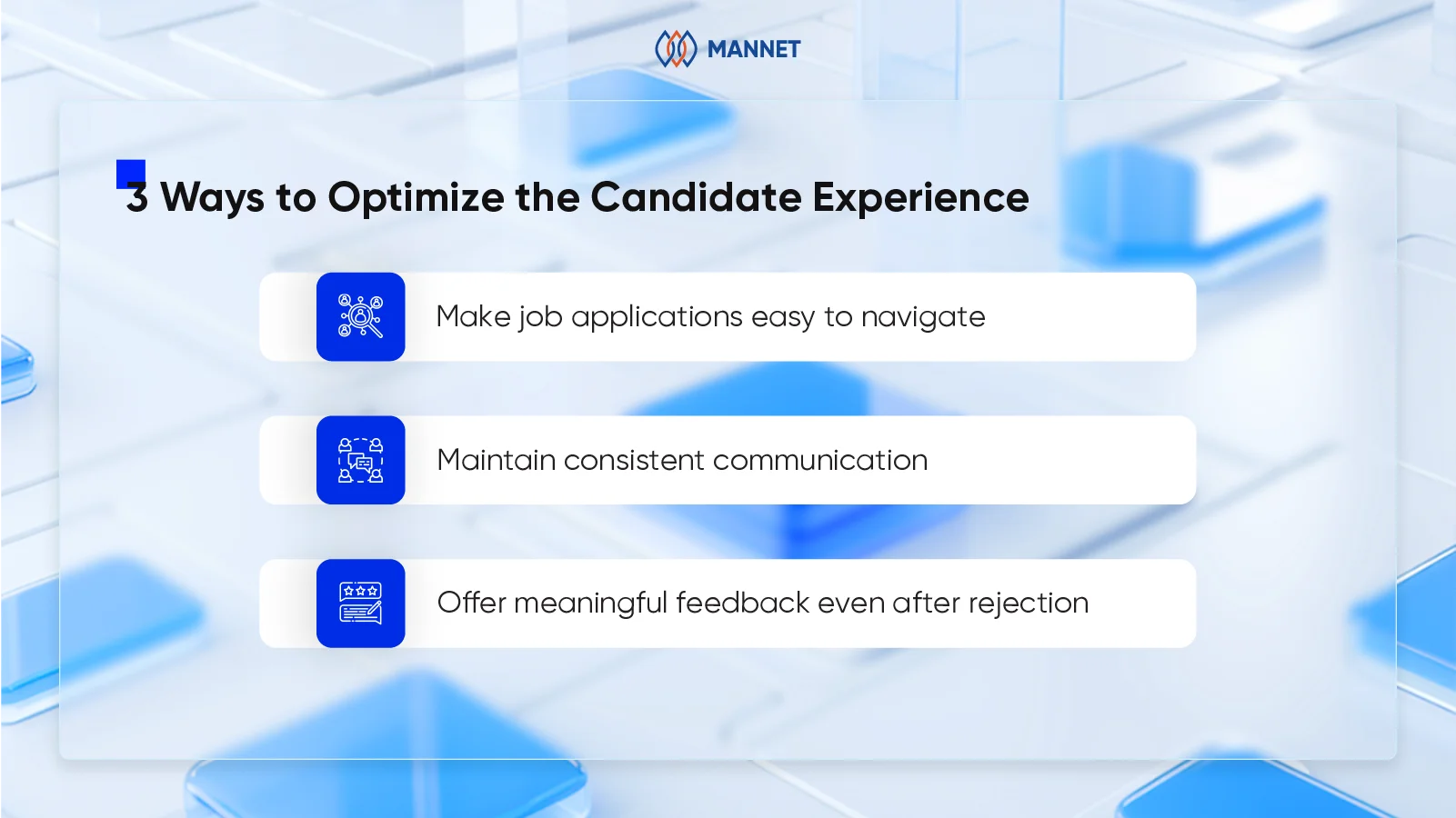5 Ways to Improve Candidate Experience in Recruitment
In today’s unpredictable labor market, recruitment has become a two-way street. Candidates are evaluating employers just as much as employers are evaluating them. More organizations are realizing that to attract and retain top talent, they need to actively improve candidate experience.
Whether or not a candidate ends up joining the team, their experience throughout the hiring journey speaks volumes about how the company treats people. That’s why crafting a positive candidate experience is essential. Here’s how to do it right.
What is Candidate Experience?
Candidate experience encompasses every interaction a job seeker has with an organization throughout the recruitment process. This comprehensive journey begins when candidates first discover a job opportunity and extends through application, interview, decision-making, and onboarding phases.
The candidate experience reflects how well an organization manages expectations, communicates transparently, respects candidates’ time, and demonstrates its values during the hiring process. Each touchpoint contributes to the overall perception candidates form about the company, influencing their decision to accept offers and their likelihood to recommend the organization to others.
That’s why companies need to improve candidate experience by focusing on clarity, consistency, and genuine engagement throughout the recruitment journey.
What Businesses Gain When They Improve Candidate Experience
Talent acquisition efficiency
Companies delivering superior candidate experiences significantly reduce time-to-hire metrics. When candidates have positive interactions with the organization, they respond more quickly to communications, complete application processes efficiently, and make faster decisions about job offers.
This efficiency translates into reduced recruitment costs and faster project staffing, particularly crucial in fast-paced technology environments.
Employer brand strengthening
Efforts to improve candidate experience directly contribute to a stronger employer branding. In an era where professional networks and review platforms facilitate rapid information sharing, every candidate interaction becomes a potential brand touchpoint.
Positive experiences generate organic advocacy, with satisfied candidates sharing their experiences through professional networks, social media, and employer review sites.
Time and cost efficiency
A structured candidate experience minimizes miscommunication, reduces no-shows, and prevents unnecessary interview rounds. This saves internal resources and avoids the need to restart hiring processes. When candidates feel guided and respected throughout, they’re less likely to drop out, which lowers the cost per hire and increases recruitment ROI.
Stronger talent pipeline
A positive experience encourages qualified candidates to apply again in the future or refer others in their network.
Research shows that 77% of people who have a negative candidate experience will share it with friends and family, and 50% say they wouldn’t do business with that company again.
That’s why companies aiming to improve candidate experience need to focus on how they treat everyone in the process. Even if someone isn’t the right fit now, how they’re treated affects whether they stay in your talent pipeline.
Building long-term relationships with potential candidates helps reduce sourcing efforts and improves the quality of future hiring.
5 Ways to Improve Candidate Experience Across The Recruitment Process
Help candidates get to know the company easily
Candidates can’t be excited about a company they don’t understand. Before applying, they want to know what the company does, what it stands for, and what it’s like to work there.
Keeping the careers page, job listings, and social media channels updated with relevant and authentic content is a simple but effective way to improve candidate experience. Share the mission, showcase teams, or explain the tech stack or product roadmap clearly. If companies are hiring for a remote role, show how internal teams collaborate across locations.
Transparency builds trust. When companies communicate openly, candidates feel more informed and confident about moving forward.
Write clear and attractive job descriptions
This may be one of the simplest yet most effective ways to improve the candidate experience, and it starts before they even apply. A vague or overly technical job description can turn candidates away. On the other hand, a well-written one acts as the first handshake between businesses and a potential hire.
Good job descriptions should:
- Clearly outline key responsibilities
- List required and preferred qualifications separately
- Give a sense of the company culture and values
- Explain what success looks like in the role
Avoid jargon unless necessary, and make sure the role title reflects the actual duties. Misleading or inflated titles create mismatched expectations and slow down the hiring process.
Keep the application process simple
Complex application forms, clunky platforms, or asking candidates to manually re-enter information from their resumes are all major turn-offs.
The best way to improve candidate experience at this stage is to reduce friction. Make the process short, mobile-friendly, and focused on essential information. Allow applicants to apply with their resume or LinkedIn profile where possible.
Also, acknowledge every application. A simple confirmation email can reassure candidates that their effort hasn’t gone unnoticed.
When the application is easy, candidates feel respected and are more likely to follow through.
Design a fair and engaging interview process
Start by giving candidates a clear overview of what to expect: how many interview rounds, who they’ll meet, and what topics will be covered.
Interviewers should be trained not only to evaluate but also to represent the company well. Be punctual, ask relevant questions, and leave room for candidates to ask theirs. If companies involve a technical assessment, explain why it’s necessary and how it will be used in the decision-making process.
Follow up quickly. Even a short delay in communication can lead candidates to assume the worst or accept another offer.
When candidates walk away from an interview feeling heard and respected, it improves their overall perception of the company, regardless of the outcome.
Start new hires off right with smooth onboarding
Candidate experience doesn’t end with the offer letter; it continues through onboarding, where first impressions turn into lasting perceptions.
Once a candidate accepts the offer, timely communication is key.
New hires should receive all necessary details upfront, including their start date, onboarding agenda, required documents, and who to contact with questions.
Behind the scenes, it’s important that HR, IT, and direct managers coordinate to have everything in place: tools, system access, and team introductions, before the first day.
Providing a structured and welcoming start, whether in-person or remote, helps new team members feel supported from day one. It shows that the organization is prepared, thoughtful, and committed to their success.
Frequently Asked Questions About Improving Candidate Experience
- How can we improve candidate experience in remote hiring?
In remote recruitment, communication becomes even more critical. Provide clear instructions for virtual interviews, send reminders, and offer technical support if needed. After interviews, follow up quickly and keep candidates informed throughout the process.
- How can organizations know if they improve candidate experience effectively?
Organizations can gauge the effectiveness of their efforts to improve candidate experience by collecting feedback directly from candidates through post-interview surveys and tracking metrics like time-to-hire, offer acceptance rates, and candidate drop-off rates. Monitoring reviews on platforms like Glassdoor can also reveal how candidates perceive the process.
- Does candidate experience really affect business reputation?
Absolutely. Candidates who have a negative experience often share their stories publicly: on social media, review sites, or within their networks. Even those who aren’t hired can still influence how others perceive your brand.
Final Thoughts On Improving Candidate Experience
When companies work to improve candidate experience, the little things can make a big difference. Small details like timely updates, well-prepared interviews, and thoughtful onboarding can leave a strong, lasting impression. When done right, a positive experience not only helps businesses secure top talent but also builds long-term trust and strengthens the reputation in the market.
At ManNet, we help businesses improve candidate experience from the very first interaction to onboarding and beyond. Whether you’re building a tech team in Vietnam or expanding globally, our team supports you in designing recruitment services that are candidate-friendly, compliant, and aligned with your company culture.
Contact ManNet now!

